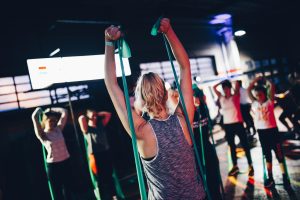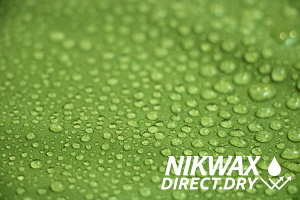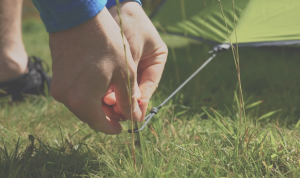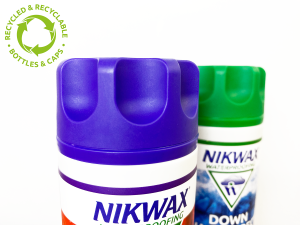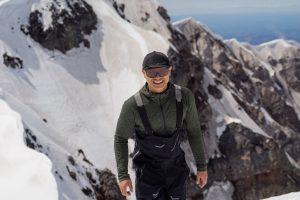We once knew a ski bum, who lived up to the full glory of the term. For over 20 years, he skied every day of the winter, regardless of conditions. His pre-season routine had always been to hang out with friends, drink some beer and start skiing as soon as the snow fell. However, he eventually caved to pressure from his friends and magazine who editors insisted he’d enjoy skiing “that much more” if went into the season fit, and he began to train.
He rode his bike. He lifted weights. He flirted with women in their workout gear, and he ran. He pushed and clawed and ran his way up mountains he loved to ski down. Then it happened. Five miles out on a 10-mile loop, he lost focus and twisted his ankle. No fanfare. No ski patrol. He hobbled back to town in his running shorts and busted body. One demolished ankle and one lost season of skiing.
One year later, he resolved to go back to his beer drinking, no training ways. He’s never missed a day of skiing since.
Most of us aren’t so lucky to get by on beer drinking alone. We reap genuine benefit from a early season conditioning. But we may not love the gym.
So today, we present three out-of-the-box training tips that will help prep your body for ski season. In honor of our good friend, the consummate ski bum, they can all be done with beer in hand (…though we’re not necessarily condoning it).
Common sense warning: Know your own body and your capabilities. We present these ideas as fun ways to build ski specific fitness, not as ironclad directions.
1. Racing downhill with Lindsey and Aksel Lund Svindal (a.k.a. Living room tucks) for strength and endurance. YouTube old downhill races on your computer or watch early season races, like the Birds of Prey at Beaver Creek on the television. As the downhillers take course, drop into a tuck in your living room (ski boots not required).
- Keep your feet flat on the ground (emulating skis flat on the snow). With flexed knees and ankles bring your back low and parallel to the floor (a.k.a. the slope). Bring your arms and elbows tight to your body with hands roughly in front of your chin, which should be lowered.
- Hold the tuck position for the entirety of one downhill run. This should last roughly two minutes, depending on the course.
- Not enough for you? Take one racer off, then tuck along with the next.
2. Lateral downhill skips for agility. We first learned of this exercise from SKI magazine over a decade ago and it’s still super fun. Basically, any time you’re walking or running downhill, “skip” from foot to foot while bringing your other foot into a corresponding, “parallel” position.
- Be highly attentive to your knees. Enough said.
- Holding your core strong and your upper body stable while aiming down the hill, place your right foot on the ground to the outside right of your core. Keep your foot facing forward (and, again, heed your knees). At the same time, bring your left foot and leg in a parallel, corresponding position – though the left foot should not touch the ground.
- Now, jump or “skip” to the left foot, hold your core stable in the middle and bring your right foot along. The focus is on lateral stability, feeling the inside length of your “outside” foot and the agility of moving both legs independently, but in concert. Try to keep your head level with each skip.
- This can also be done on a flat floor. Even better: place two mini trampolines side by side and jump laterally from one to the other while keeping your head level and relatively low.
- Note: This is a fun agility exercise, it is not a direct replication of proper short-turn technique.
3. UVs for a strong core. To manage the ever-changing terrain underneath our feet when we ski, a strong core is critical. UVs are just co-opting two exercises from Pilates that not only build balanced strength, they also encourage a good stretch afterward.
- The “U.” Lie on the floor on your stomach, with arms stretched out in front of you. Lift your upper body from the chest up and lift your legs. Be sure to keep your neck and head in easy alignment, not tilted up – as you’ll be tempted to do. Flutter kick your legs and flutter your arms up and down. Go for about 20-30 seconds. Rest repeat.
- The “V.” This is the classic Pilates 100. Check out this short video from Gaiam, which details the beginner and advanced approaches to the 100.
These exercises can be added to a full training plan that includes more strengthening, more stretching, plyometrics and lots of agility and quick feet. Happy skiing!



